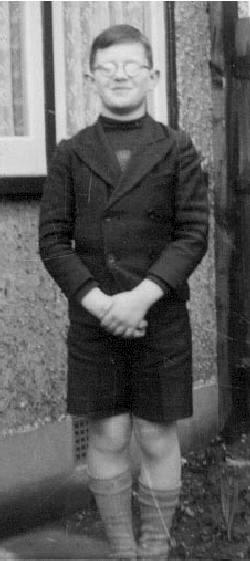
Figure 1.-- Here is Salvation Army Young People's Band member wearing the band uniform in the late 1950s.


Figure 1.-- Here is Salvation Army Young People's Band member wearing the band uniform in the late 1950s. |
The early Salvation Army did not have a standardized uniform. Many early SA soldiers wanted to adopt familiar military trappings. Military terms became standard--church halls became corps; giving in the offering was referred to as "firing a cartridge'. Flags, badges, brass bands and uniforms were added, together with a military style rank system for its staff. According to years of service, position and level of responsibility in the organisation, trimmings worn on the uniform indicated rank. This was not unusual in the late 19th century. Even without a religious motivation, the wearing of military
ceremonial uniforms was widely popular among the working class men in the late 19th century in Britain. The first marching Salvationists did not have standardized uniforms. Soldiers dressed in a rather strange assortment of clothing and headgear. It took almost 2 years to standardise Salvation Army uniform, but by the beginning of 1880 a standard navy blue serge uniform was
introduced for both men and women. There was also a uniform for junior members.
Men wore a high neck tunic with a stiff collar over a scarlet jersey. Their headgear was a military cap with a red band, on which the words The Salvation Army had been worked in gold letters. Women wore long navy skirts, closefitting high neck tunics with white lace-edge collar. The large black straw bonnet was Catherine Booth's idea. Cheap, durable, protective and solidly unworldly, the bonnet with its red band and huge ribbon bow became a well known symbol of The
Great Salvation War. The men however, continued for much longer to display individual preferment in headgear. Pith helmets, toppers, derbies, sailor hat and discarded military band helmets proudly appeared adorned with a Salvation Army hatband until 1891, when Headquarters finally brought the troops under regulation caps--one hatband for officers, another for soldiers.
An English reader reports that his uniform as a member of the youth auxilary was less militaristic than the adult uniform. Based on the photograph on the previous page, the uniforms may have been more informal. Here we see a band member wearing his uniform from the late 1950s (figure 1). The boys here do have the standard Salvation Army peaked cap, but they seem to wear basic sweaters with the words Salvation Army on then. Two boys wear chest straps rather like the Boys' Brigade. A bright red turtle neck sweater was poplar. It often had the salvation army embazoned upon it or the SA logo. It might be worn with dark blue syits. One boy tells us that some jackets hd epaulets.
Navigate the Historic Boys' Uniform Web Site:
[Return to the main Main Salvation Army page]
[Introduction]
[Activities]
[Biographies]
[Chronologies]
[Countries]
[Garments]
[Youth Organizations]
[Bibliographies]
[Contributions]
[Essays]
[FAQs]
[Boys' Uniform Home]
Navigate the Historic Boys' Uniform Web chronological pages:
[1900s]
[1910s]
[1920s]
[1930s]
[1940s]
[1950s]
[1960s]
[1970s]
[1980s]
[1990s]
